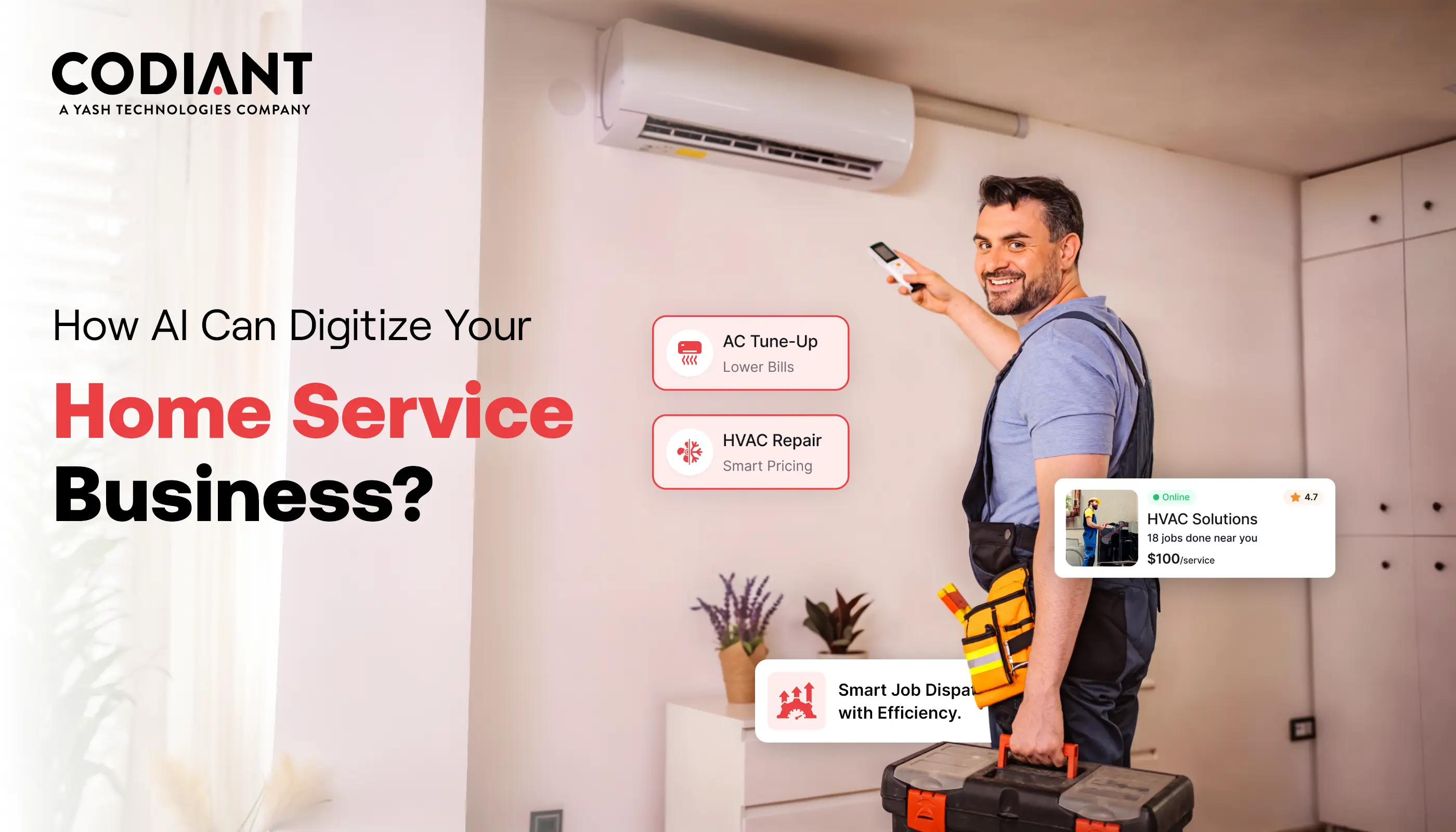How Cashier-less Checkout System Improving In-Store Shopping Experience?
Table of Contents
Subscribe To Our Newsletter

Despite the inclining customer shopping interest in e-commerce, the physical channel in traditional brick-and-mortar stores is still playing a vital role in customer experience.
Traditional retail stores are implementing upgrades by leveraging technologies to stay afloat.
A cashier-less checkout tech system is one of the modern trends to hold customers with physical stores.
Integrating the cashier-less checkout system with the physical store supports a single shop assistant to run almost 6-10 stores at a time. According to Statista, in 2018, there were about 350 stores globally, and is anticipated to reach 10,000 stores by 2024.
Overall, cashier-less stores are a new and a very fascinating business tactic in the retail space that is rapidly gaining retailers’ and customers’ attention. So, let’s dive deeper to gain more details about the concept and how retailers can enhance the in-store shopping experience.
What is Cashier-less Technology?
The term, ‘cashier-less’ depicts the elimination or no need of the person sitting at the cash counter at any retail store. Any retail business owner can adopt this concept. However, it was initially introduced by Amazon Go.
The Amazon Go stores’ cashier-less technology allows the customer or buyer to enter the store by scanning the ‘Go app’ and the customer can exit without standing at the billing/checkout line.
On the other hand, there could be a possibility that the customer intentionally or by mistake forgets to scan any of the product(s) they acquired. But, it’s not a loophole anymore. This issue can be resolved with some advanced technologies. It includes pre-trained AI models with advanced AI technology, edge computing, biometric authentication, multi-angle cameras on product shelves & stores, and many more.
It will help retailers to deal with such issues and take care of revenue losses while minimizing the number of in-store staff at the same time.
The cashier-less concept typically follows the three-step process i.e.; Check-In, Grab and Go.
Working in Cashier-less Checkout System

The cashier-less checkout system can be simply divided into three phases or say 3 activities where only the customer is involved in this process. The process follows; Check-In in (enter), Grab or Put products into the Cart, and Go (check out).
1. Check-In:
First and foremost, the customer had to enter the store which is equipped with a cashier-less checkout system. To do so, the customer needs to download the mobile application and scan the store’s QR code to link their device with the store’s billing system.The customer remains under the store’s monitoring system that tracks all their activities, right from entering to exiting the store.
2. Grab:
Customers take the smart device-equipped cart to put all the items they like to purchase. The device on the cart scans the product barcode, and the product shelf also tracks the in and out of the product along with the customer’s detail. The smart device parallelly maintains the bill of the customer.If the customer, later on, removes any product from the cart, the device deletes the product and manages the bill accordingly.
Once, the customer finalizes the cart and asks for checkout, then receives the final bill on the cart device and the linked mobile device as well.
3. Go (Check-Out):
When the customer receives the bill on the mobile device, s/he can make payment from their mobile app or by scanning the QR code from the smart cart device. After successful payment, the customer can exit the store with all the items s/he paid for.
Working of Amazon GO Cashier-less System
1. Check-In:
The Amazon Go stores are only accessible through mobile app services. The customer can install the app, sign in and choose the payment method.To enter the Amazon Go store, the customer has to scan the app’s QR code before entry. This will acknowledge the customer’s account and monitor their activities while being inside the store. The customer can even scan their companion too for check-in with e-commerce development.
2. Cameras and Smart Sensors Track Activities:
Amazon Go store is equipped with advanced technologies and cameras that monitor the customer’s every activity. The devices are equipped with an AI system that automatically tracks every action of each customer in the store and manages their virtual cart with bills accordingly. Amazon’s cashier-less grocery store offers ‘Dash Carts’ that are fully automated and make the customer’s shopping experience even more efficient. This efficiency could be elevated even further using Uniqode’s dynamic QR codes, which allow brands to update cart-related digital information in real time. The customer can instantly scan the QR code on the cart to activate it and map their activities.
The sensors on the cart track the products and manage the bill, based on the ins and outs of the products in the cart. This will help the customer to keep an eye on their expense.
3. Add Item To Your Actual & Digital Cart:
The smart cart is equipped with a weight sensor and PLU codes (defines product code, quality, and freshness) and defines product IDs as well. All these methods allow Amazon to track the product quickly and accurately. However, it is suggested to the user to only pick products from the shelf for themselves, and not for others. If they do so, then cameras will assign them as the payer, not the other.
For assistance, reporting a problem, returning the product, and other issues, customers can directly call the staff.
4. Check-Out After Shopping:
After shopping, when one is about to walk out of the store, a user has to visit the special lane to unload the items before leaving the store. Or can simply put the items in their shopping bag to walk out of the store. Either way, the customer doesn’t have to stop and pay. At the checkout lane, the amount automatically gets paid from the customer’s credit card, which is associated with the Amazon account.
The Technologies Supporting Cashier-less Checkout System
1. Computer Vision
Computer Vision is an AI-enabled technology that allows a computer system to present meaningful information from digital images, and videos by analyzing and processing the motion. It also uses object movement detection and recognition.
In general terms, computer vision technology is based on teaching computers to process images and understand them, pixel-by-pixel. In a cashier-less system, computer vision cameras can recognize products without relying on barcode scanning. All such easiness improves customer experience and fastens the entire checkout process.
2. Sensor Fusion
The sensor is a movement detection device that tracks all the movement in its environment and sends the details to the system. On the other hand, sensor fusion is software that integrates all the available sensor data for the study. Based on that data, the software improves the system’s performance by providing accurate results.
In simple words, the sensor fusion-enabled cameras in the retail store are placed in such a manner to track people’s activities and product movement as well. It also helps to avoid the situation of shoplifting or track the shoplifter, if needed.
3. Deep Learning
Deep Learning is a subset of Machine Learning that allows computers to study and understand images. Cashier-less retailers use machine vision to track customers in the store. However, to infuse perfection, facial recognition technology should be integrated to identify customers’ faces.
The system can store an immense amount of data to train and enhance the machine’s capability. This capability is the foundation of AI-powered retail services, enabling machines to analyze vast datasets, identify patterns, and make intelligent decisions. It further helps the system accelerate recognition when encountering the same data. As a result, machines become capable of recognizing trends, predicting customer behavior, and making data-driven decisions with greater speed and accuracy.
Key Players To Watch On Cashier-less Projects

Cashier-less Checkout System Is Moving Into The Mainstream
The cashier-less checkout system for any traditional store can streamline the entire shopping process. With autonomous checkouts, the shopping experience will become quite faster and more convenient for the customer and the shopper.
Evidently, over the past couple of years, Amazon has single-handedly been the leading player in delivering a cashier-less experience through its physical retail stores. However, now many established brands are following such a trend to fascinate their customers. Considering the ongoing inclination of shoppers and customers to cashier-less technology, it is safe to say that indeed it is going to be the future of brick-and-mortar outlets.
To integrate this system, one requires a combination of advanced technologies. It includes Artificial Intelligence, IoT, and Machine Learning to introduce this revolutionary shopping format. But to deliver such a tech-advanced experience to your customer, you require an experienced tech partner. Only the right technology partner can help you to infuse these complex technologies and build an efficient and seamless retail shopping system.
Frequently Asked Questions
It’s an automated payment method using technologies like computer vision and sensors to allow customers to purchase items without interacting with a human cashier.
These systems typically use cameras and sensors to track items picked up by customers, automatically charging their account when they leave the store.
Benefits include reduced wait times, convenience, and a more streamlined shopping experience.
Yes, these systems use advanced security measures including computer vision, weight sensors, and secure payment processing to prevent theft and errors.
While cashier-less systems are growing in popularity, many stores are likely to maintain a mix of both automated and traditional checkout options to cater to different customer preferences.
Featured Blogs
Read our thoughts and insights on the latest tech and business trends
How to Enable AI for Smart Diet Planning and Client Progress Tracking
- November 26, 2025
- Artificial Intelligence
Smart diet planning and consistent progress tracking have become essential in a world where people want faster, more accurate ways to manage their health. Traditional methods like manual calorie counting or generic meal charts often... Read more
How to Digitize Your Home-Service Business with an AI-Powered Platform
- November 21, 2025
- Home Services
The home-service industry - covering HVAC, plumbing, electrical, and cleaning—has long relied on manual scheduling, phone-based bookings, and paper invoices. But as customer expectations shift toward instant communication and transparency, these traditional processes are no... Read more
How a Voice AI Agent Can Help You Get More Appointments and Leads
- November 17, 2025
- Artificial Intelligence
Missed calls, delayed responses, and lost leads are silent revenue killers for many businesses. In today’s fast-moving market, customers expect instant engagement - and that’s exactly where a voice AI agent for appointment booking steps... Read more




